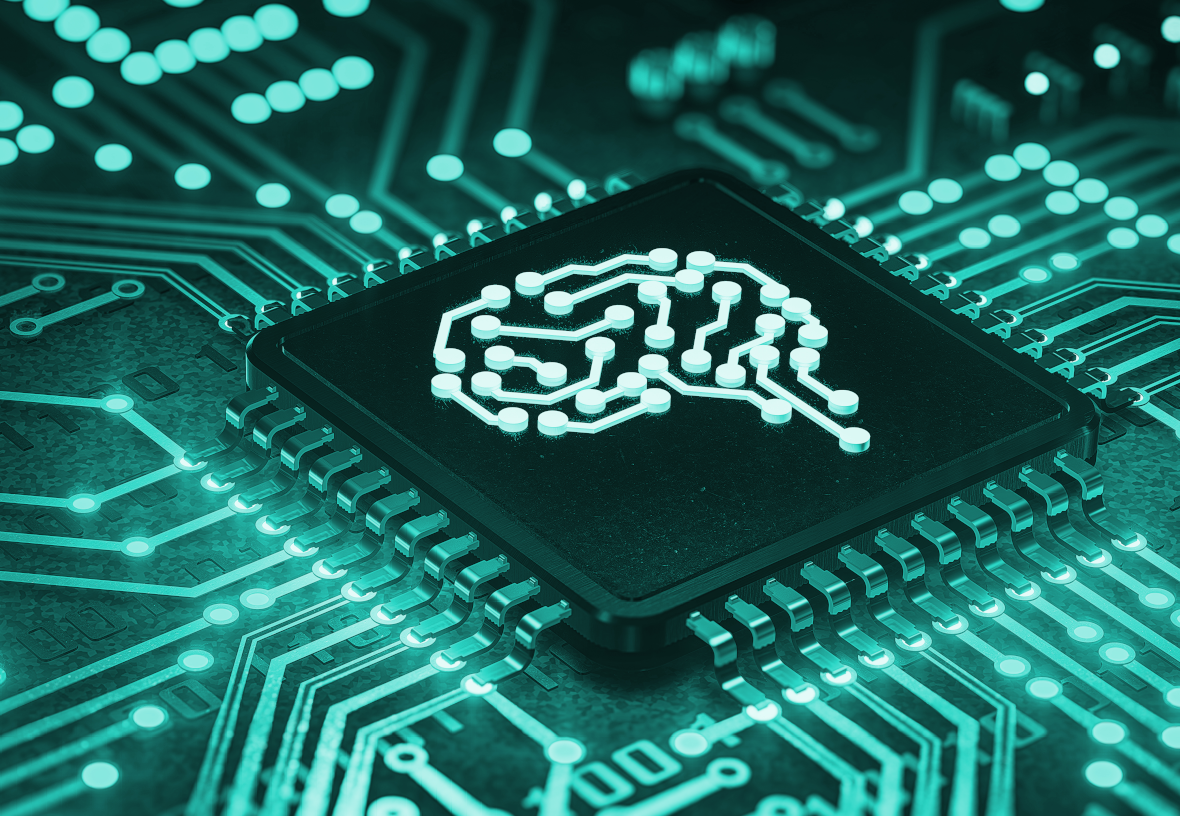Successful Machine Learning: Part 1 (Questions and Baselining)

In this series of posts, I’m delving into the limitations of machine learning and AI, hamstrung by current techniques, while considering technologies and practices to transform business intelligence efforts beyond the status quo.
Question of Intelligence
What is intelligence? What underlies intelligence? What aspects of intelligence do we want machine learning to demonstrate? What is artificial intelligence as opposed to intelligence? What capabilities does a computer need to achieve intelligence? Can programs be written to derive intelligence within a modern computer?
Questions delving into intelligent systems go on and on. I’m going to spend a few blog entries exploring machine learning and our quest to create and benefit from intelligent computer systems. Through this discussion, I’ll explore these questions.
Framing the Discussion
Note that my focus is business automation, what are organizations seeking to gain from machine learning and intelligent systems. I am purposefully avoiding a philosophical discussion of intelligence. To that end, a primary assumption is that we are interested in applying human-style intelligence to advance business or operational success. Put another way, animals and plants demonstrate intelligence of differing types; however, mimicking these is not an organization’s goal when employing machine learning.
Key Terms
To begin, I need working definitions for learning and intelligence. These will serve as touchstones for exploring computer-based learning and intelligence. Merriam-Webster’s dictionary provides helpful initial entries for each. The definition for “learn” is “to gain knowledge or understanding of or skill in by study, instruction, or experience.” While “Intelligence” is defined in two parts, “the ability to learn or understand or to deal with new or trying situations” and “the ability to apply knowledge to manipulate one’s environment or to think abstractly as measured by objective criteria (such as tests).”
The terms knowledge and understanding appear in both definitions and are vital to successful machine learning applications. Knowledge and understanding are based on information.
What is Information?
The most common form of information representation we use is words. I’m using the term “word” broadly; a word is a token or symbol. For my purposes, a word could be a set of letters, numbers, or even symbols used to represent a currency. Words have meaning to us when we read them. Words may be written for interpretation using sight or touch or may be made audible and heard. Other, typically visual, depictions, such as photographs and charts, are also used to communicate information. Even those, though, may be converted into words.
Here we intersect with computer data. We often store words in our systems. Our systems present those words back to us, perhaps with an added flourish like unique color-coding, sound effects, or fonts. But, what are words?
Words represent concepts.
When used to communicate, words are precise enough, usually, to share information. Of course, the source and receiver of the words must “speak the same language” to understand the concepts. Words are imperfect in several ways as a form of data representation. There can be more than one word for the same concept; word meanings may change over time, and words may have more than one meaning.
Concepts are the foundation of information.
However, and this is a crucial point, the words are not of any value unto themselves. What matters are concepts. When using words, our goal is to communicate concepts. Words are simply a somewhat efficient way to deliver a concept from one person to another. The word is not the concept.
We store words in our databases, not concepts.
Here we meet our first major challenge with machine learning using data saved in computers. We store words, not concepts. We leave the computer with something akin to an ocean of words from a language it does not understand. This is a point I will explore in detail later.
What is learning?
Our next big step is learning. Learning is the collection and organization of concepts, not words! This definition seems trite, and the process of learning, indeed for humans, is complex and multifaceted. However, the result, if successful, is that the person has internalized the concepts. Harping on this difference between words and concepts, consider that a multilingual person can learn a concept using any of their languages and, assuming they have the vocabulary, explain the concept in another language. The words are not the concept; the concept is a thing unto itself.
What about knowledge and understanding?
From concepts, we leap to knowledge and understanding. Each relies on learned concepts. I suggest that knowledge is connections made between concepts, while understanding represents the generalization of knowledge. Succinctly, understanding allows one to identify relevant knowledge, irrespective of learned context, and apply the underlying concepts in new contexts.
Okay, that got deep and weedy. I’ve also grossly simplified these ideas. I do believe that I’ve set a foundation for exploring machine learning and the goal of intelligent business systems. Next post, I’ll pick up with the machine learning gap which drives the disconnect between artificial intelligence and (human) intelligence.
Tags: AI, artificial intelligence, business intelligence, data mining, machine learning, semantics